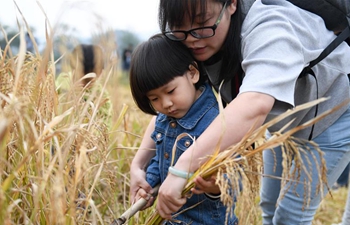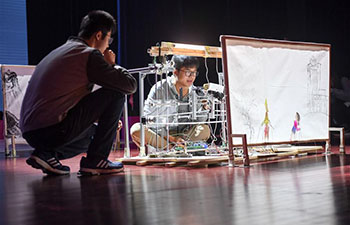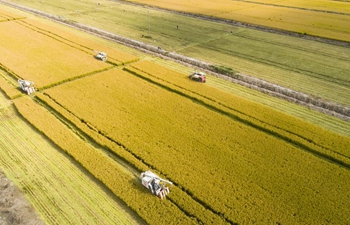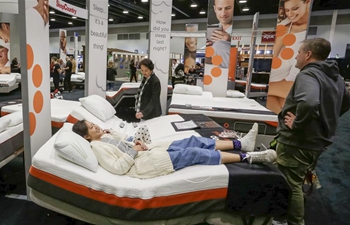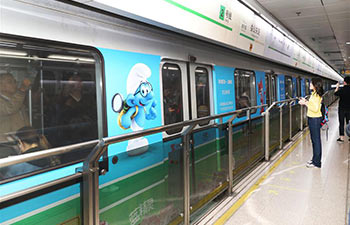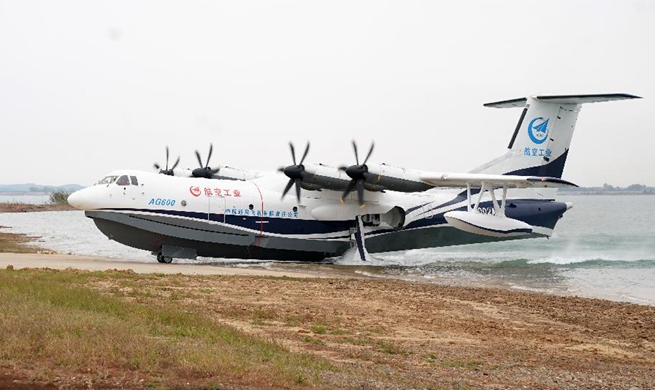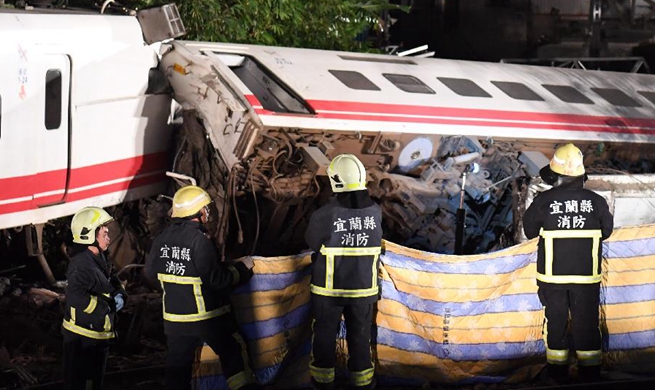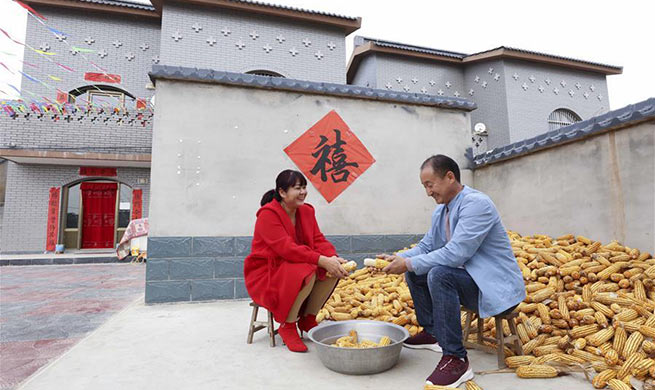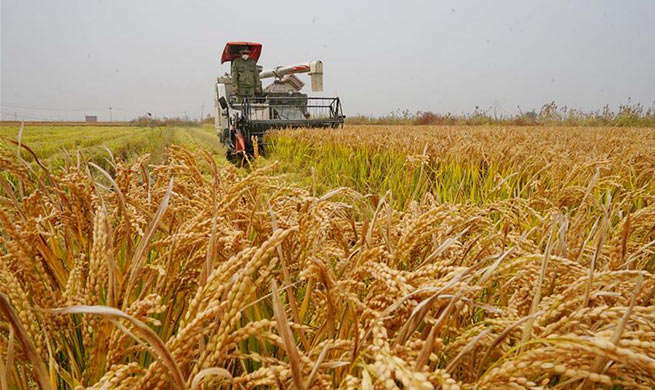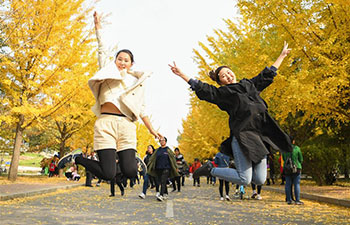by Jose Aguiar
LIMA, Oct. 21 (Xinhua) -- Visitors to No. 705 Jiron Independencia Street, in Peru's northwestern town of Trujillo, are instantly transported back in time to a childhood of past, not necessarily of their own.
The building houses a Toy Museum featuring some 5,000 mostly antique toys from pre-Columbian cultures to mid-20th century European manufacture.
"It's a very rich (collection) because I (mostly) limited myself to toys that predate the 1950s," before they were mass produced, Peruvian artist and collector Gerardo Chavez told Xinhua.
Opened in 2001, the museum is divided into four areas: the Feminine room, with toys dating from 1840, the Masculine room, with toys dating from 1910, the Folk Art room featuring handcrafted toys, and the Pre-Hispanic room, exhibiting the oldest toys, mainly from the Chimu and Chancay cultures of ancient Peru.
Two guides are on hand to explain the history and unique features of the collection, including Liz Aponte, 28, who is studying to become a licensed tour guide.
"I was very excited to work at this museum, alongside artist Gerardo Chavez, who is a great painter, a great master," said Aponte.
Many visitors "tell us about their childhood," she noted.
Chavez said he was inspired to open such a museum "simply by the nostalgia of childhood, the nostalgia of not having had toys as a child."
Born into a family of modest means, Chavez had no toys except the ones he made himself from materials he came across.
Some of his favorite items on display are a whistle made by the Viru culture, cars and trains, tricycles, wooden horses, lead soldiers, rag dolls, porcelain dolls, and dollhouses from around the world.
"Some are donations (but) I bought the large share of the toys from the places I visited," said Chavez.
That's how "the world of toys gradually became internationally popular, because it's not just Peruvian," he said of the collection.
The museum, he believes, pays tribute to "the beauty of antique toys because they were made by hand ... and because man made these objects not just to entertain children, but also to preserve their childhood."
The collection has grown in recent years, leading Chavez to consider opening a second museum in Peru's capital Lima, to showcase another 2,000 relics of childhood from different cultures.




